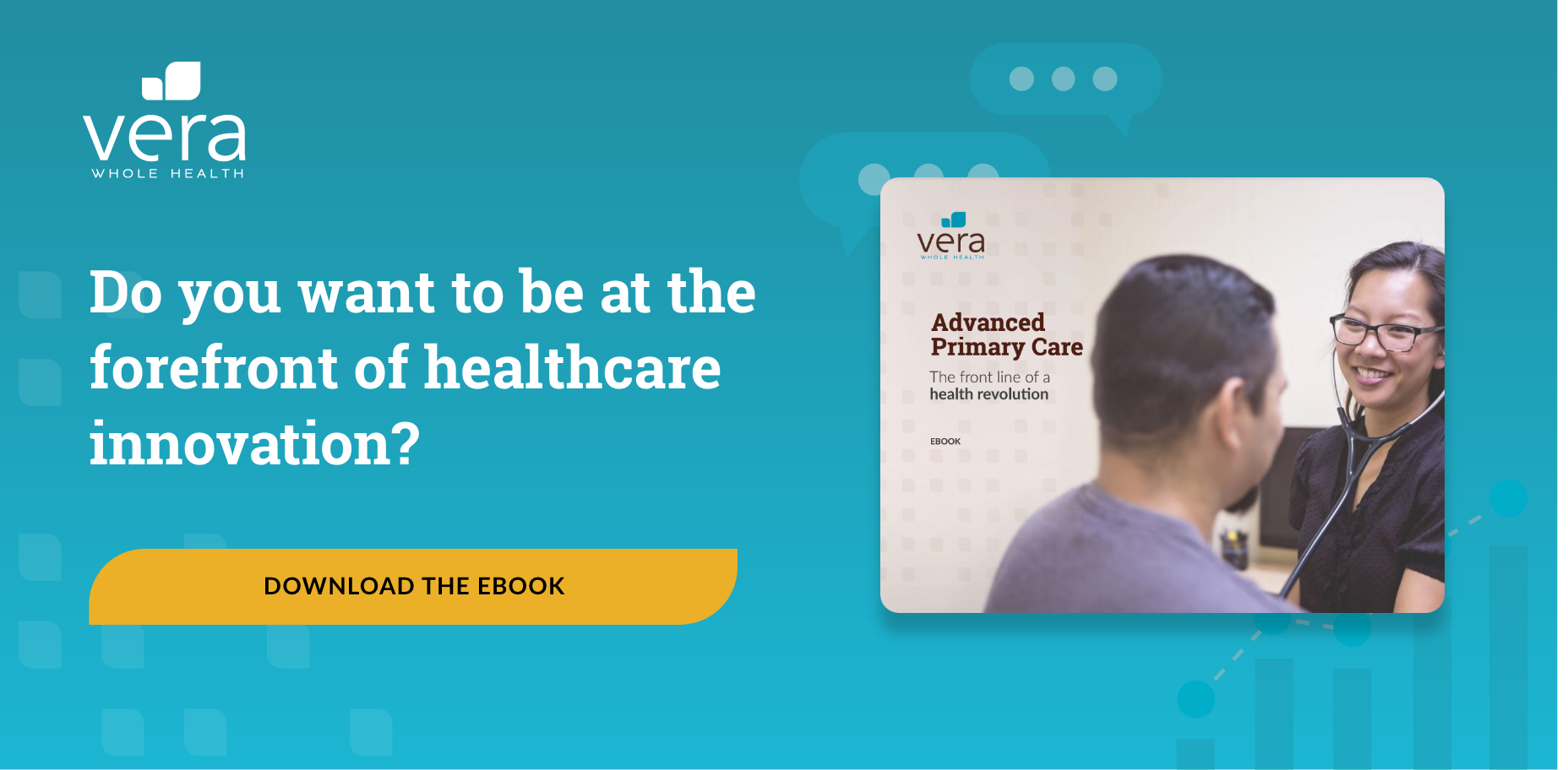The pandemic has left a mark on healthcare and things aren’t going to return to the way they were before. A new normal is being constructed. In 2022, we can expect to see much of that work set into motion. It will be another year of transformation, a chance to dislodge entrenched thinking and craft new strategies and mindsets.
As we’ve seen with the rise of virtual care, healthcare providers are increasingly turning to new technology to connect them to their patients in purposeful ways.
Below are five specific patient experience trends you can expect to see in 2022.
1. The acceptance and discussion of behavioral health
 As people have become more open to seeking treatment and talking about their mental health journeys, behavioral health has lost its stigma. Where historically it was a private topic, now people are more likely to understand and discuss the value of services like counseling, coaching, group therapy, psychiatric treatment, and medications. In 2022, this trend will only continue to grow as patients become more willing to seek treatment and providers build new strategies to get them the help they need.
As people have become more open to seeking treatment and talking about their mental health journeys, behavioral health has lost its stigma. Where historically it was a private topic, now people are more likely to understand and discuss the value of services like counseling, coaching, group therapy, psychiatric treatment, and medications. In 2022, this trend will only continue to grow as patients become more willing to seek treatment and providers build new strategies to get them the help they need.
Advanced primary care (APC) is ahead of the curve in acknowledging the importance of behavioral health and its influence on overall health. At care centers, patients have access to tools and support to help them create a better sense of balance in their own lives.
2. Telehealth will mature into something new
 Because of the pandemic, we’ve experienced how telehealth addresses hesitations about visiting a doctor’s office. We’ve also seen how it supports social determinants of health by increasing access to care. But, virtual care is still in its early stages, and there will be big changes in 2022. There’s a possibility that telehealth will begin to narrow in on more defined needs, filling niches within the broader spectrum of care.
Because of the pandemic, we’ve experienced how telehealth addresses hesitations about visiting a doctor’s office. We’ve also seen how it supports social determinants of health by increasing access to care. But, virtual care is still in its early stages, and there will be big changes in 2022. There’s a possibility that telehealth will begin to narrow in on more defined needs, filling niches within the broader spectrum of care.
For example, there’s an opportunity for virtual care to play a larger role in triage, allowing patients to join a video call and answer very specific questions about their situations and needs, thus streamlining the implementation of next steps.
Virtual care is an increasingly integral part of our APC model, allowing patients to access coordinated care in the way that works best for them.
3. The growing role of modern predictive analytics
 Analytics are making the process of predicting risk more precise than ever and the application of these real predictive analytics creates a huge opportunity for care. When healthcare providers are better able to identify risk factors and then provide treatment before potential issues become chronic or serious, it improves patient health.
Analytics are making the process of predicting risk more precise than ever and the application of these real predictive analytics creates a huge opportunity for care. When healthcare providers are better able to identify risk factors and then provide treatment before potential issues become chronic or serious, it improves patient health.
This trend is of particular importance in APC, as much of our model’s focus is on preventative care. Predictive analytics allow providers to understand where their efforts can have the greatest impact, so they can provide care that is more closely tailored to the needs of their patients.
4. Integrating separate pieces into a single story
 In order to better serve patients, healthcare needs to find a way to bring all the disparate pieces of data together in one place. In the current environment, patients typically possess many different medical records files, housed with a variety of different providers. While much of this dynamic occurs in support of patient privacy, some companies are beginning to see an opportunity to assist patients in creating their own comprehensive healthcare stories.
In order to better serve patients, healthcare needs to find a way to bring all the disparate pieces of data together in one place. In the current environment, patients typically possess many different medical records files, housed with a variety of different providers. While much of this dynamic occurs in support of patient privacy, some companies are beginning to see an opportunity to assist patients in creating their own comprehensive healthcare stories.
This dynamic is also the reason the idea of a medical home is such a powerful concept. APC supplies patients with a central location where their care is fully coordinated and they can build deeper relationships with providers who know their healthcare history.
5. Addressing the prevalence of self-diagnosis
 At the moment, we’re seeing an alarming trend toward self-diagnosis. Many people are turning to the internet for answers, with a variety of sites offering opinions that are in no way credentialed or expert.
At the moment, we’re seeing an alarming trend toward self-diagnosis. Many people are turning to the internet for answers, with a variety of sites offering opinions that are in no way credentialed or expert.
When people diagnose themselves, it’s frequently due to a lack of trust, out-of-pocket costs, or because they have low engagement with traditional healthcare processes. There’s a strong opportunity for APC to address these factors. Its emphasis on building long-term, trusting relationships between patients and their providers and applying principles of empathetic listening help tremendously in reducing self-diagnosis.
When options such as telehealth are available, they can also reduce barriers that prevent people from seeking care, so they no longer need to look to the internet for answers.
How Vera Whole Health is looking to the future
Placing the Vera APC model at the center of your benefit strategy gives you an incredible ability to improve outcomes and reduce total cost of care. As healthcare shifts toward value-based care, an important role in its success will be the patient-provider relationships at the heart of the APC model. Patients’ experiences with their healthcare providers tend to impact their view of medicine as a whole, often determining whether they’ll seek care when they need it.
When providers listen to their patients, demonstrate empathy, and offer applicable feedback and care, those actions are critical to meeting the challenges of 2022. Vera is at the forefront of meeting, applying, and driving patient experience trends with our APC model, while providing innovative, supportive, and impactful care. Schedule a meeting today to learn more about how Vera can help you with benefit planning for 2023.
